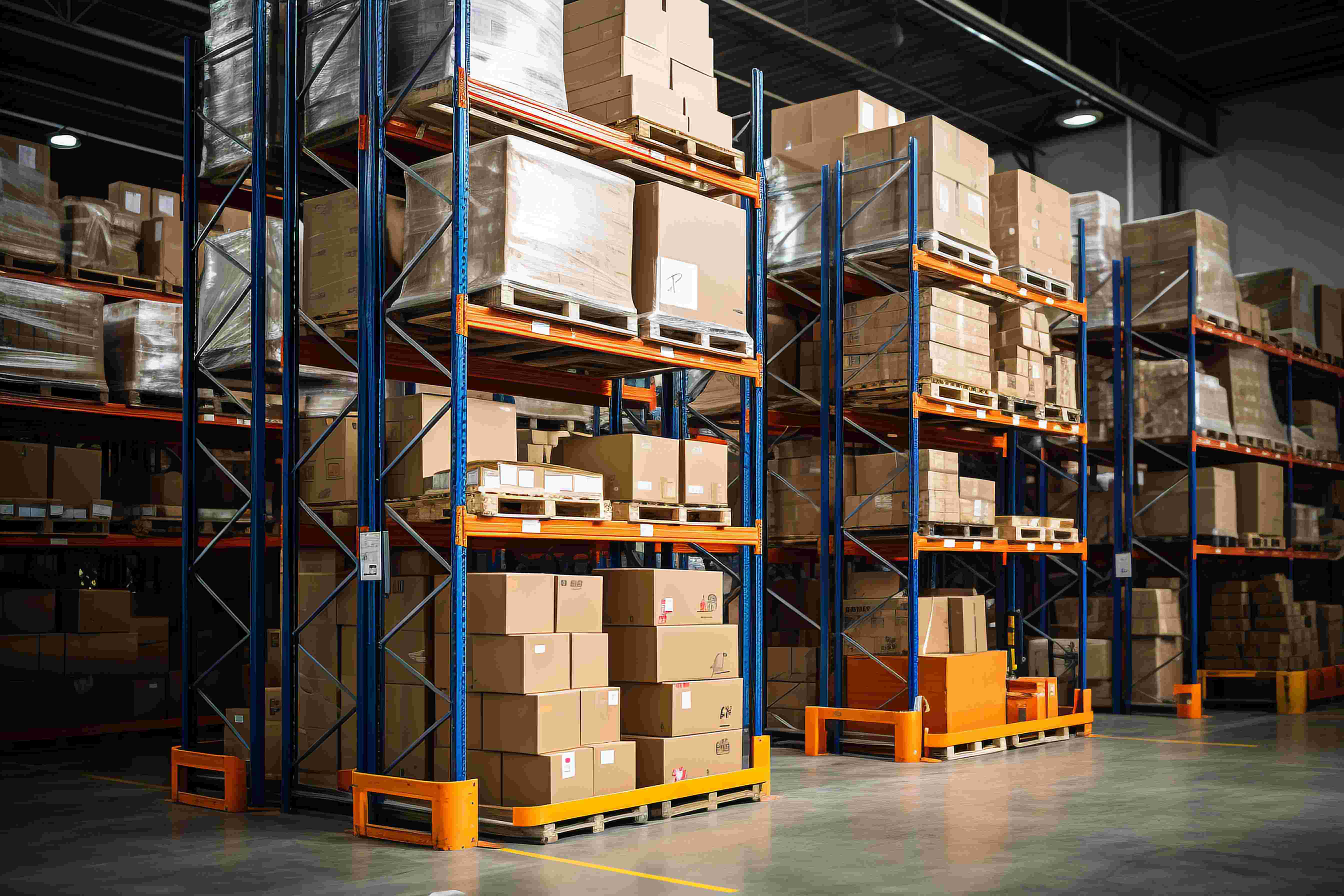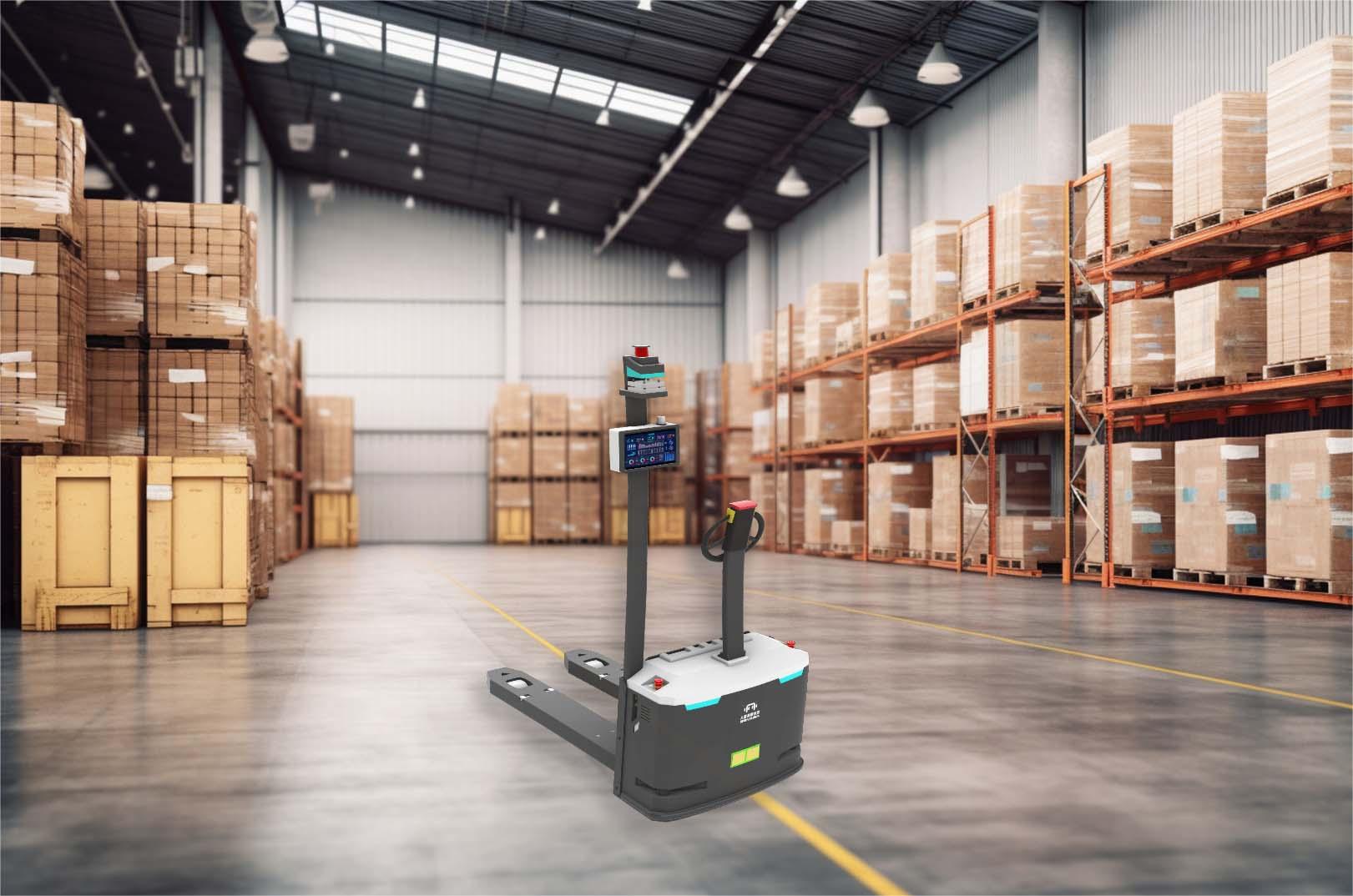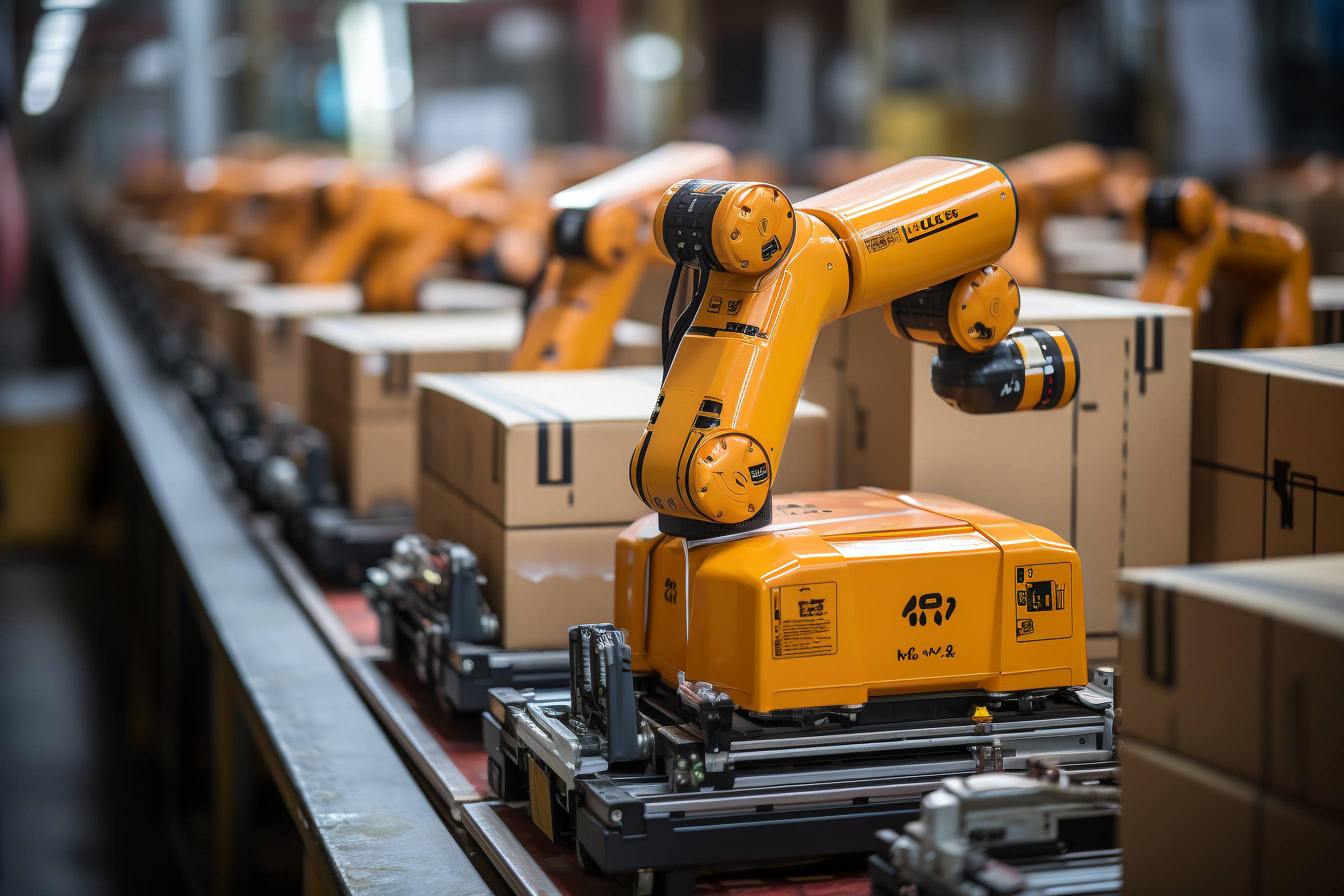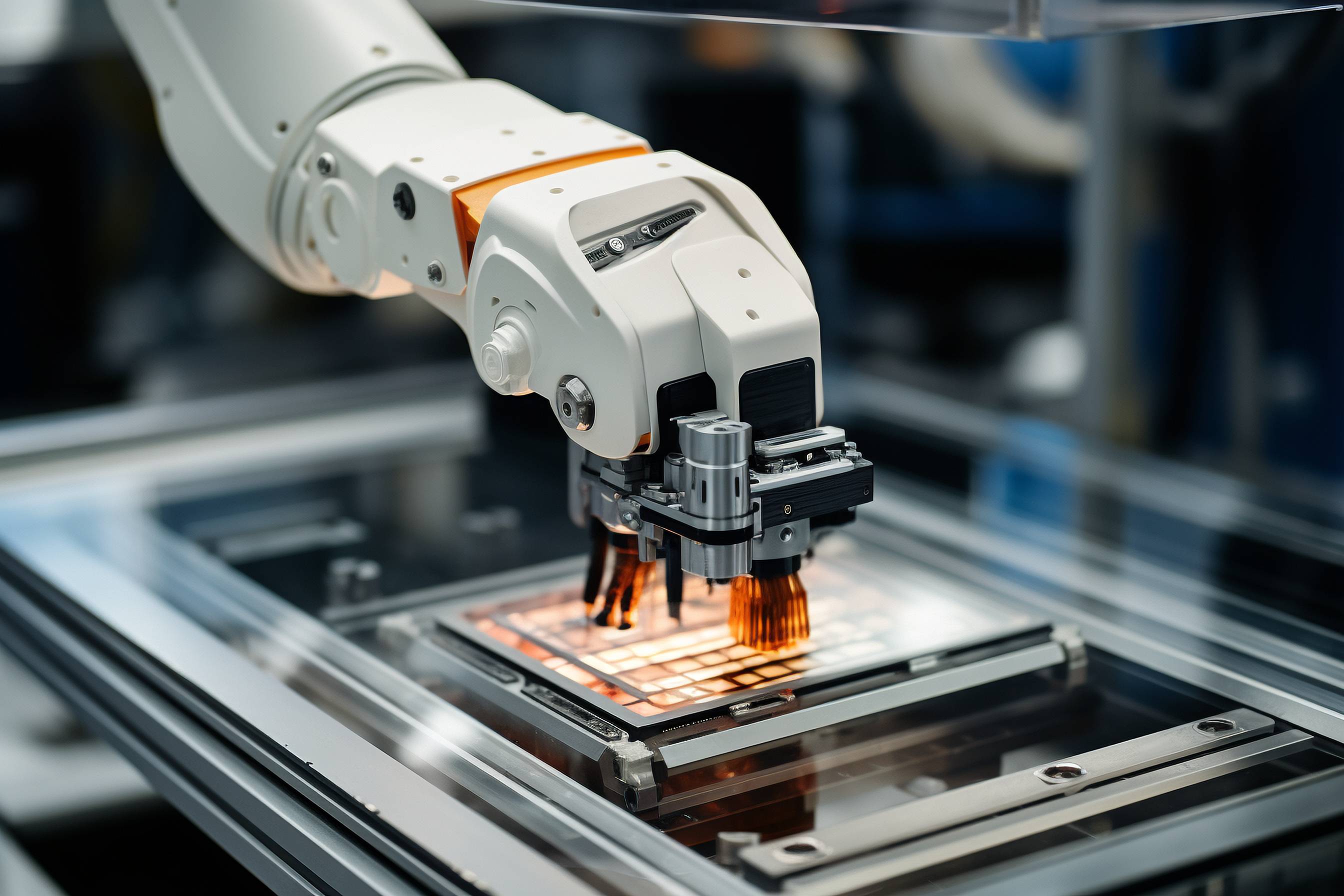As technology continues to evolve, universities worldwide are embracing the integration of robotics into their research and educational programs. One significant aspect of this integration is the utilization of robot chassis as versatile and customizable tools in university laboratories. This article explores the application of robot chassis as instruments for research and education, highlighting their benefits, adaptability, and contributions to fostering innovation and learning.
Versatile Platform for Experiments: Robot chassis serves as a versatile platform for various experiments in university laboratories. Their modular design allows researchers and students to customize and add specific sensors, actuators, and computing units, tailoring the robot to the unique requirements of their projects. This flexibility encourages creativity and empowers scholars to explore a wide range of applications, from computer vision and autonomous navigation to advanced control algorithms.
Experiential Learning and Skill Development: Integrating robot chassis into educational curricula provides students with hands-on learning experiences, fostering a deeper understanding of robotics principles. By working with the mechanical components, assembling electronic circuits, and programming the robots, students enhance their problem-solving skills, critical thinking, and team collaboration abilities. These practical experiences complement theoretical knowledge, resulting in a comprehensive learning journey that prepares students for real-world challenges in the field of robotics.
Interdisciplinary Research Opportunities: Robot chassis in university laboratories offer opportunities for interdisciplinary collaboration among faculties and students. Researchers from diverse fields such as engineering, computer science, physics, and even social sciences can come together to develop innovative applications for these platforms. This convergence of knowledge promotes cross-disciplinary solutions, leading to groundbreaking advancements in robotics technology and its applications.
Prototyping and Proof of Concept: Robot chassis act as ideal prototypes for complex robotics systems. In the research phase, using chassis as initial models allows researchers to experiment with different configurations and algorithms efficiently. This prototyping approach significantly reduces development time and costs while validating the feasibility of new robotic concepts before investing in full-scale implementations.
Open-Source Community and Knowledge Sharing: Many robot chassis are open-source, fostering a collaborative community where researchers and educators freely share their designs, code, and experiences. This open-access environment encourages knowledge dissemination and encourages innovation across the global academic community. It also provides a stepping stone for beginners to robotics, enabling them to build upon existing projects and gradually contribute to the field.
The integration of robot chassis as educational aids in university laboratories has brought significant advancements to the field of robotics. Their versatility, adaptability, and accessibility have enabled researchers and students to explore diverse applications and innovative solutions. By providing experiential learning and interdisciplinary research opportunities, these robot chassis empower the next generation of robotics enthusiasts, preparing them to face the challenges of a technology-driven world. As the open-source community continues to thrive, the knowledge-sharing culture surrounding these platforms will further accelerate progress in robotics and inspire groundbreaking discoveries in the years to come.
If you would like to learn more about our robotic products and solutions, please feel free to leave a message or call us for consultation. Email is [email protected]. Also you can add our WhatsApp +86 181 1289 9721.



















 (Inventory Query Interface)
(Inventory Query Interface)



